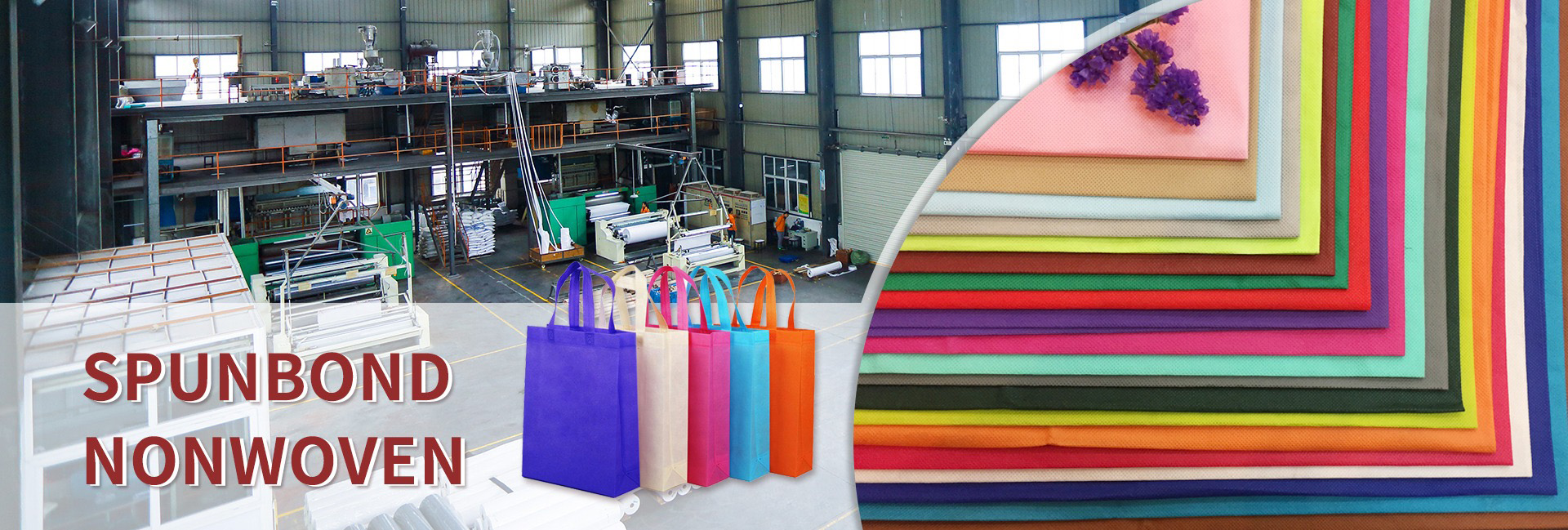This 60% savings doesn’t come out of thin air; it’s achieved by replacing a series of high-intensity, high-frequency, repetitive tasks. Let’s do the math and see how this “guardian” works silently.
Traditional Orchard Weeding: A Never-Ending “War of Labor Attrition”
Before understanding labor savings, let’s first understand how traditional weeding consumes labor:
Mechanical weeding: Tractors or micro-tillers are used in the orchard at least 3-5 times a year, resulting in high fuel consumption, machine wear, and driver labor costs.
Manual weeding: The most primitive method, each person can only manage a small number of fruit trees per day, is extremely inefficient, and is extremely labor-intensive during the hot summer months.
Chemical weeding: Herbicide spraying is performed 2-4 times a year, requiring equipment, mixing, and spraying, along with pesticide costs, the risk of pesticide damage, and environmental pressures.
Either method is a cyclical, repetitive investment, year after year, with no end in sight.
The Labor-Saving Logic of the “Invisible Guard”: A Permanent Physical Barrier
The core principle of non-woven weed control mats is physical shading. Weed seeds require sunlight to germinate, and once completely shaded, they are naturally suppressed.
Where does the 60% labor savings come from?
It eliminates 100% of repeated mechanical or manual weeding. A single application of the mat lasts for 2-3 years or even longer. During this time, the tree pit area no longer requires any mowing or weeding.
It eliminates over 80% of chemical weed control. While management between rows may still be required, the most labor-intensive tree pit area (where weeds compete most with fruit trees for nutrients and water) no longer requires herbicide spraying.
It reduces post-irrigation cleanup. Bare ground is prone to weed resprouting after irrigation. However, with weed control mats, areas under irrigation systems (such as drip irrigation) remain clean, eliminating the need for subsequent cleanup.
Beyond “Labor Savings”: The Chain Effects of Value Added
The value of this “invisible guardian” goes far beyond labor savings. The chain effects it creates also indirectly create benefits:
Increased water and fertilizer efficiency, further savings
Moisture retention: Effectively reduces soil evaporation, increasing soil moisture content by over 20%, reducing irrigation frequency and water costs.
Fertilizer retention: Reduces fertilizer washoff and loss caused by rain or irrigation, improving fertilizer utilization.
Improves the root zone environment and enhances tree vigor
Good breathability: Unlike plastic mulch, non-woven fabrics are breathable, ensuring root respiration and preventing root rot.
Stable ground temperature: Insulates heat in winter and prevents excessive surface temperatures in summer, creating a stable “warm in winter, cool in summer” environment for the root system.
Improves fruit quality
Maintaining a clean tree trunk effectively prevents soil splashed by rain from contaminating fruits (such as strawberries and low-bush fruits), thereby increasing the marketable fruit yield.
Strong tree vigor naturally lays the foundation for high yields and quality.
Calculating the Economics: How to Achieve 60%?
Take a 100-mu (approximately 10,000 mu) orchard as an example:
Traditional Model:
Manual weeding or mechanical weeding plus pesticide spraying is required at least four times annually. Each operation requires 15 workers (approximately 15,000 yuan) plus material costs. The total annual weeding cost is approximately 60,000 yuan.
Non-woven Fabric Covering Model:
The initial investment, including the purchase of non-woven fabric and the labor required for installation, is approximately 80,000 yuan (based on a three-year lifespan). The average annual cost is 80,000 yuan divided by 3 years, which equals 26,700 yuan per year. Over a three-year period, only simple inter-row weed control is required each year, significantly reducing labor costs.
By the second and third years, the annual cost savings far exceed 60%. Once the initial investment is amortized, the long-term economic benefits are significant.
Conclusion
The greatness of non-woven weed control, this silent “invisible guardian,” lies in its ability to free farmers from the most arduous and repetitive physical labor.
It not only saves 60% in labor but also upgrades the management model: it transforms orchard management from frequent “firefighting” labor to strategic asset allocation with a single investment and long-term benefits. This allows farmers to devote their precious time and energy to more value-creating activities such as pest and disease control, pruning, and marketing. In the context of modern agriculture’s pursuit of cost reduction and efficiency improvement, it is undoubtedly one of the most pragmatic and intelligent choices.
Dongguan Liansheng Non woven Technology Co., Ltd. was established in May 2020. It is a large-scale non-woven fabric production enterprise integrating research and development, production, and sales. It can produce various colors of PP spunbond non-woven fabrics with a width of less than 3.2 meters from 9 grams to 300 grams.
Post time: Oct-13-2025

